Negative space in photography refers to the empty or unoccupied areas in an image that surround the main subject. It is the breathing room, the silence, the void that balances and enhances the overall composition. Photography is an art form that allows us to capture moments, tell stories, and express our creativity through visual imagery. While most photographers focus on the subject itself, there is an often-overlooked element that holds incredible power—the effective use of negative space. By skillfully incorporating negative space, photographers can create images that are not only visually striking but also evoke emotion and engage the viewer’s imagination.
Negative space in photography
Negative space is not an absence of substance; rather, it is an intentional choice that adds depth and meaning to a photograph. It allows the subject to stand out, drawing attention to its presence by providing a stark contrast. By embracing negative space, photographers can create a sense of isolation, solitude, or even emphasize the fragility of the subject. It is the interplay between the subject and its surroundings that adds dynamism and intrigue to an image.

One of the significant advantages of negative space is its ability to simplify the composition. By stripping away distracting elements, the focus is directed towards the main subject, allowing it to take center stage. This minimalist approach can be especially impactful when used in portraits, where the subject’s emotions and personality become more pronounced. The absence of clutter and complexity compels the viewer to connect with the subject on a deeper level.
Various genres and negative space
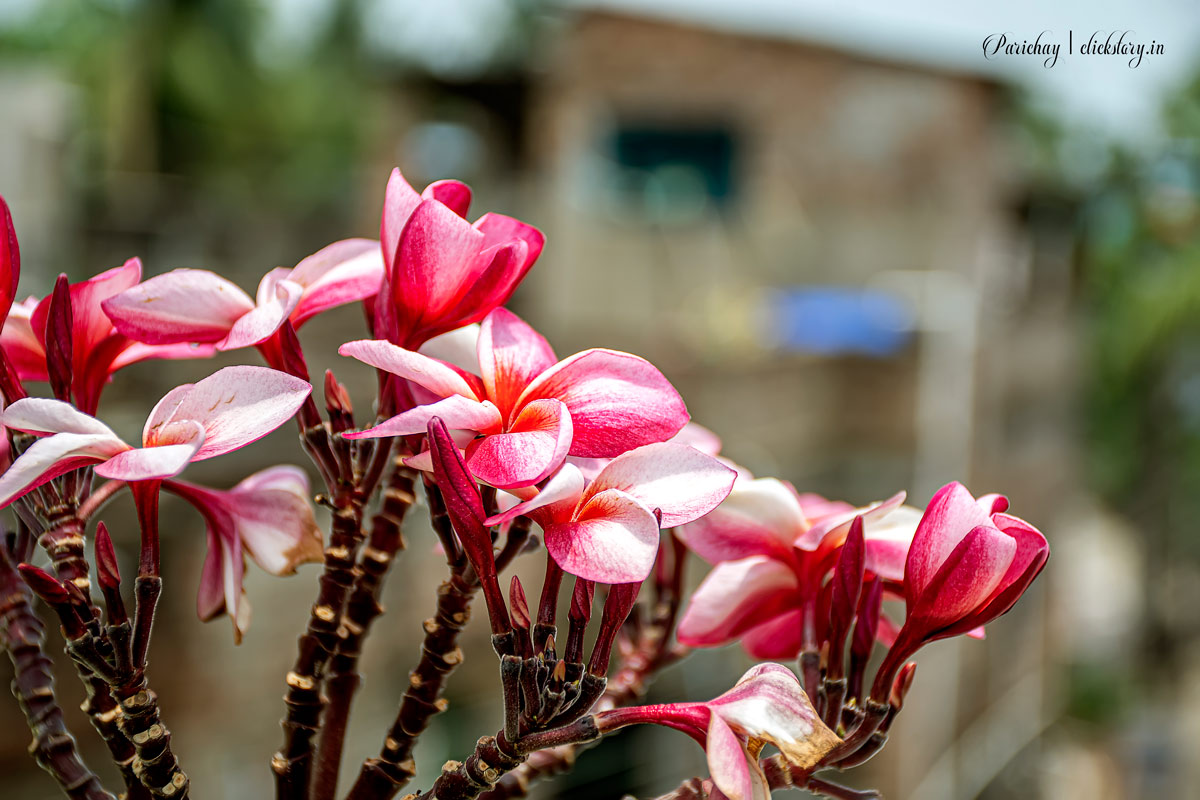
Negative space is not limited to portraits alone; it can be effectively utilized in a wide range of genres, such as landscape, architecture, still life, and street photography. In landscape photography, for example, negative space can emphasize the vastness and grandeur of nature. By positioning a small subject against an expansive sky or an empty desert, the viewer is reminded of their own insignificance in the face of the world’s magnitude.
Storytelling
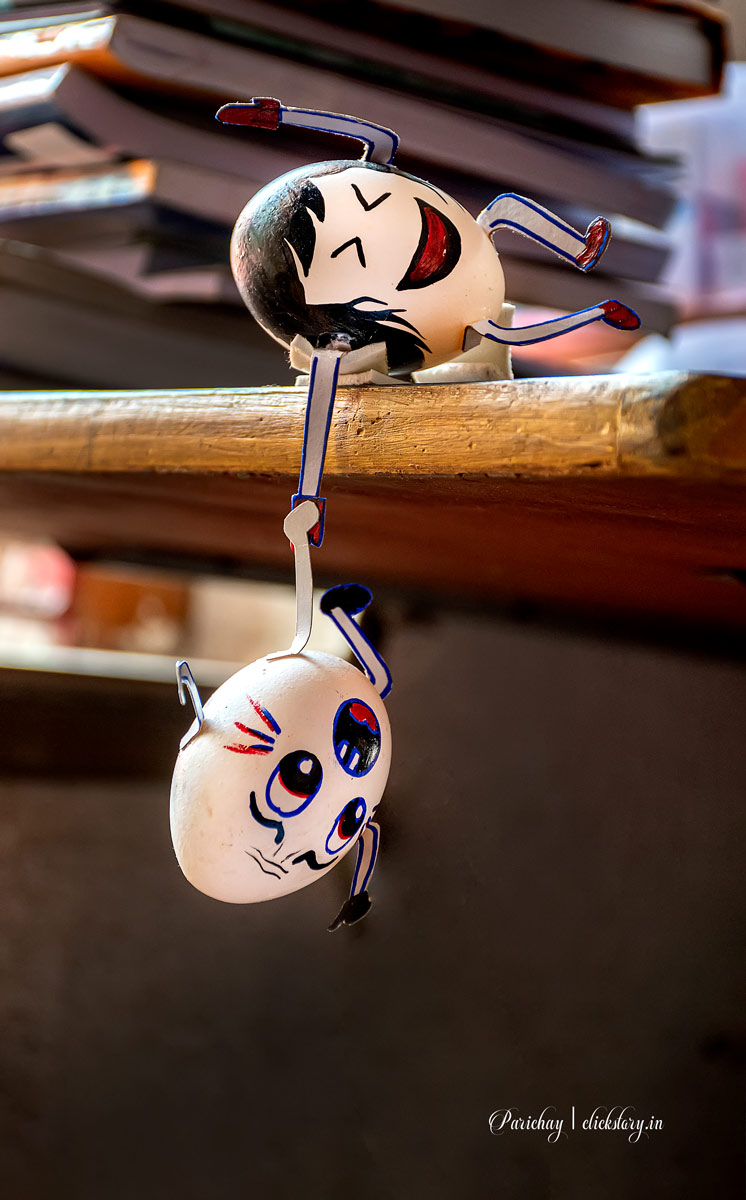
Moreover, negative space can also play a crucial role in storytelling. It allows the viewer to engage actively by filling in the gaps and completing the narrative within their own imagination. The absence of visual information can be just as compelling as what is shown. By strategically leaving negative space around the subject, photographers invite the viewer to participate in the story, creating a more immersive and interactive experience.
Visual balance and negative space
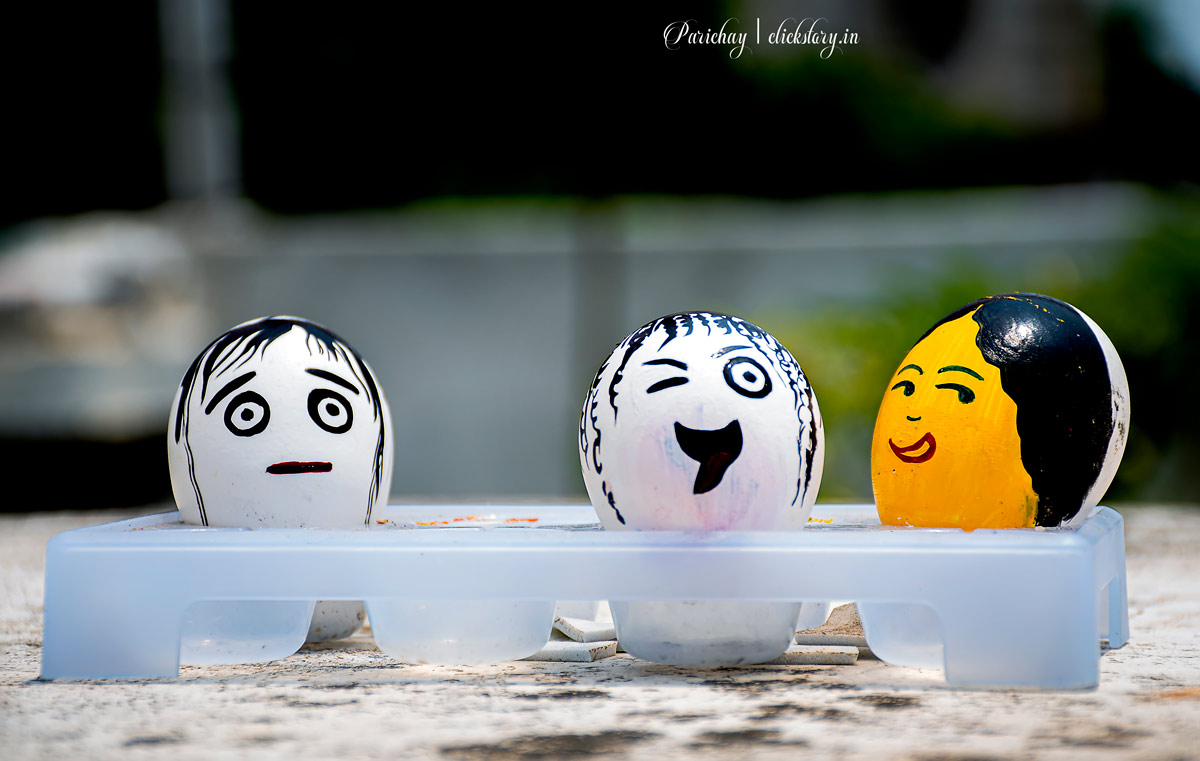
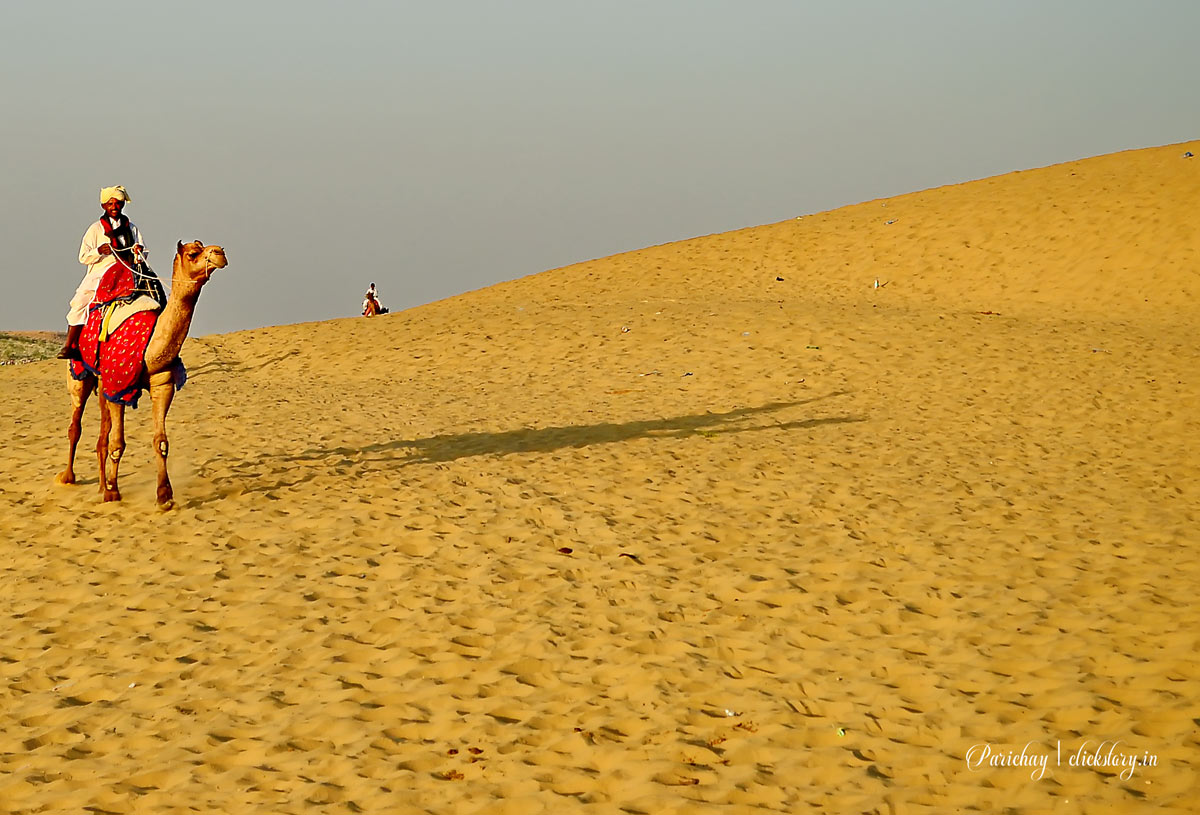
In order to effectively utilize negative space, photographers must develop a keen sense of composition and visual balance. Negative space should not be haphazardly included but rather purposefully planned. It is a deliberate decision that requires an understanding of the relationship between the subject and its environment. Placement, proportions, and lines all contribute to the overall harmony of the composition.
Use of negative space by experiments and practice

While negative space holds tremendous artistic potential, it is essential to remember that photography is a subjective medium. What works for one image may not necessarily apply to another. Experimentation and practice are key to discovering your own unique style and approach. By studying the work of renowned photographers and analyzing their use of negative space, you can gain inspiration and insights to apply to your own photography.
Compositional Techniques


Negative space can be used in conjunction with various compositional techniques to enhance the overall impact of an image. For example, the Rule of Thirds can be applied by placing the subject off-center, allowing negative space to occupy two-thirds of the frame. This creates a visually pleasing and well-balanced composition.
Color and Texture
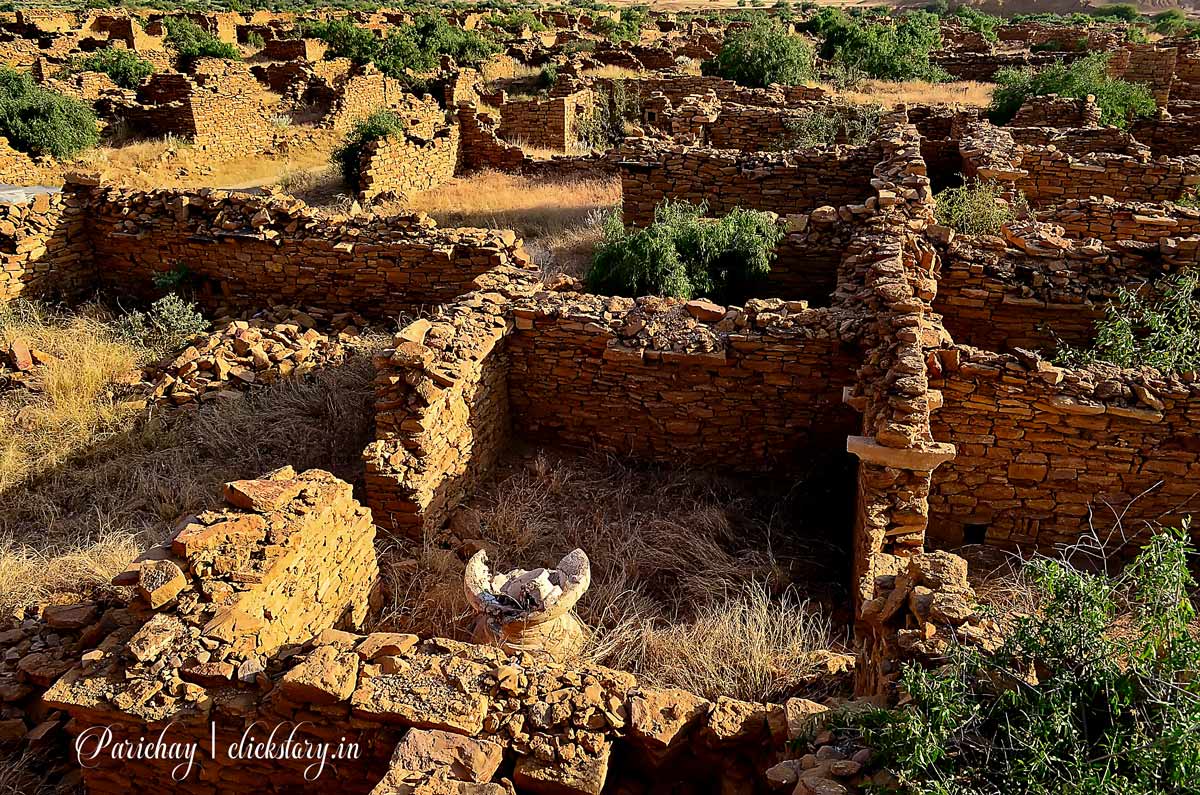
Negative space doesn’t have to be limited to black or white. Consider incorporating color or texture within the empty areas to add interest and depth to the photograph. Vibrant hues or contrasting textures can create a dynamic interplay between the subject and its surroundings.
Context and Environment

Negative space can also provide context and a sense of environment to the subject. By including elements of the surroundings, such as architecture, landscapes, or objects, the viewer gains a better understanding of the subject’s relationship to its surroundings. This can enhance storytelling and evoke a specific mood or atmosphere.
Psychological Impact

Negative space has a psychological impact on viewers. It can evoke feelings of calmness, serenity, and contemplation. The simplicity and open space allow the viewer to focus and reflect on the subject, creating a sense of tranquility and balance.
Symbolism and Metaphor

Negative space can be used to symbolize various concepts or convey metaphoric meanings. For example, a lone tree in a vast empty field can symbolize resilience, while a small figure surrounded by vast negative space may represent isolation or vulnerability. By exploring symbolism, you can add layers of depth and meaning to your images.
Post-Processing
Post-processing techniques can further enhance the use of negative space. Adjusting contrast, brightness, or adding vignettes can draw attention to the subject and emphasize the impact of the negative space. Experimenting with different editing techniques can help you achieve the desired effect.
How to create negative space?
Creating negative space in photography involves specific techniques and considerations. Here are some techniques you can use to effectively incorporate negative space into your images:
Simplify the Composition
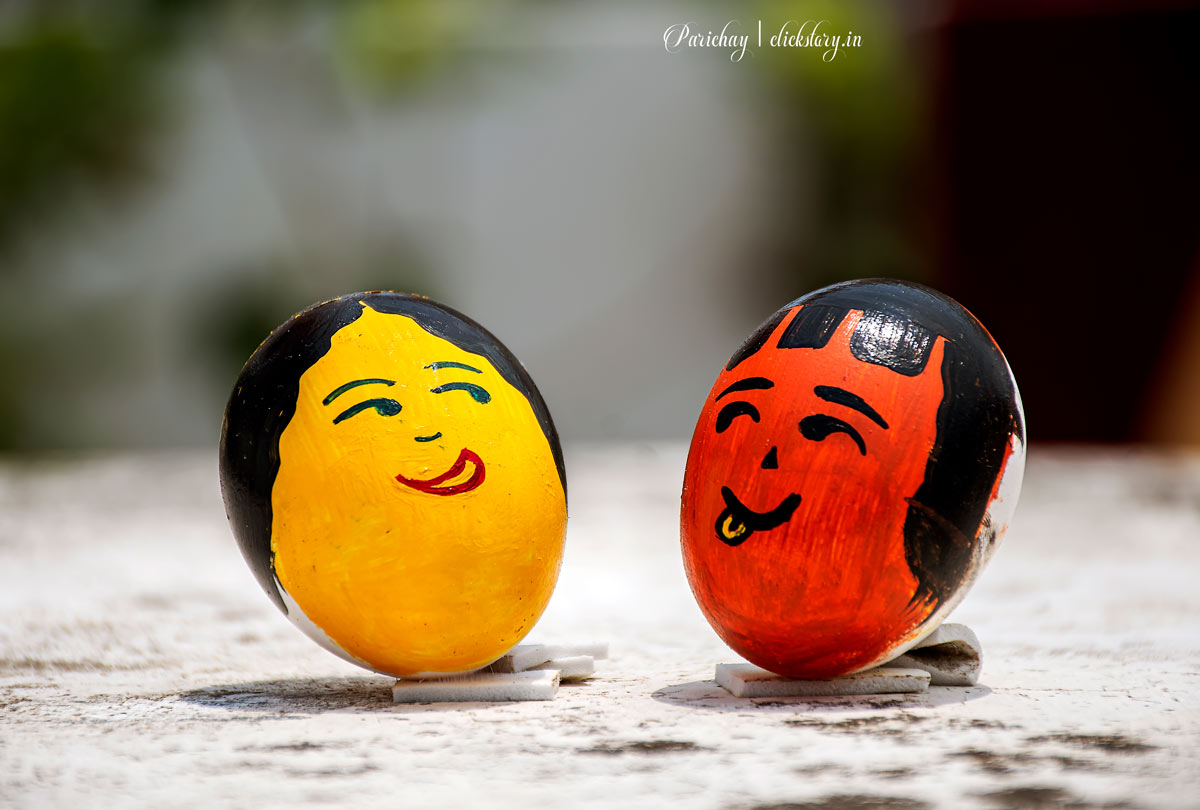
Look for scenes or subjects where you can simplify the composition by removing distracting elements. Focus on the main subject and eliminate any unnecessary clutter or busy backgrounds. This allows the negative space to have a more significant impact and draws attention to the subject.
Use Wide Angles or Zoom Out

Utilize wide-angle lenses or zoom out to capture a broader view of the scene. This approach helps emphasize the emptiness or spaciousness around the subject, creating a sense of negative space. By showing more of the surroundings, you can emphasize the relationship between the subject and its environment.
Position the Subject Off-Center
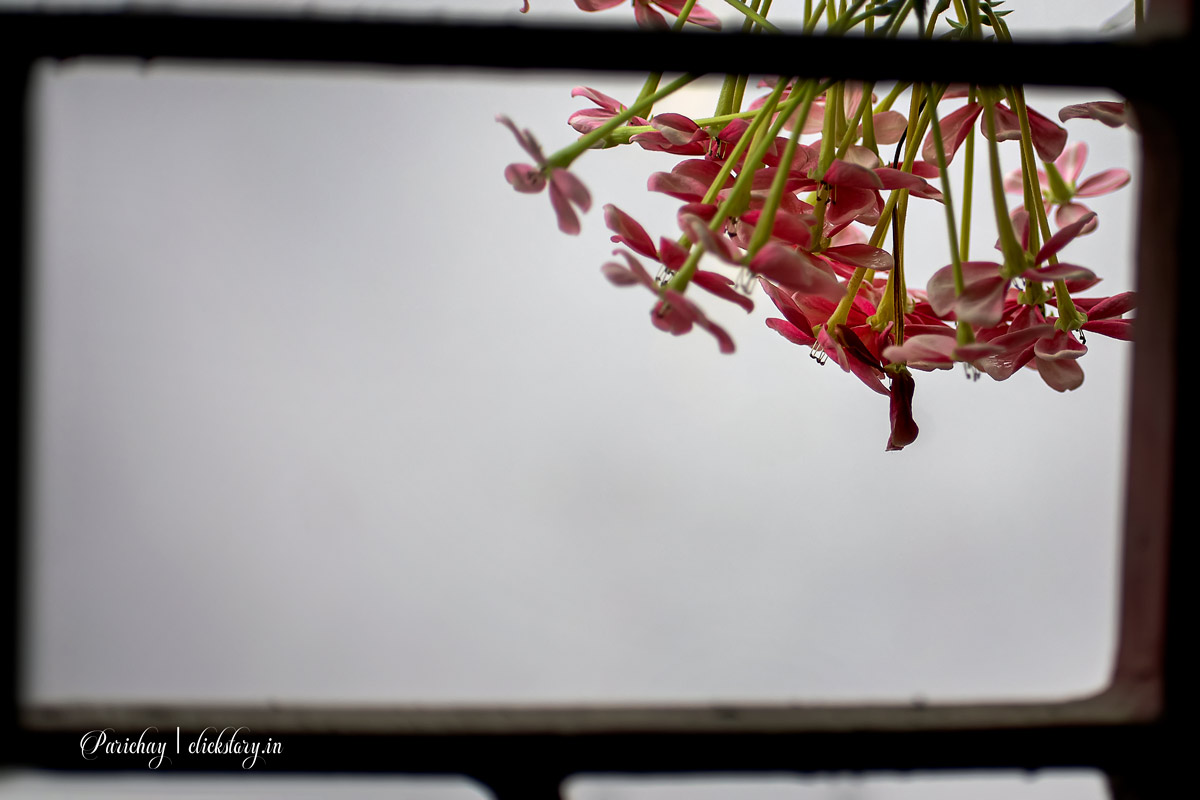
Instead of placing the subject in the center of the frame, consider positioning it off-center. This technique, known as the Rule of Thirds, creates more negative space around the subject. Align the subject along one of the imaginary lines or at the intersection points of the grid, allowing the negative space to balance the composition.
Use Minimalist Backdrops
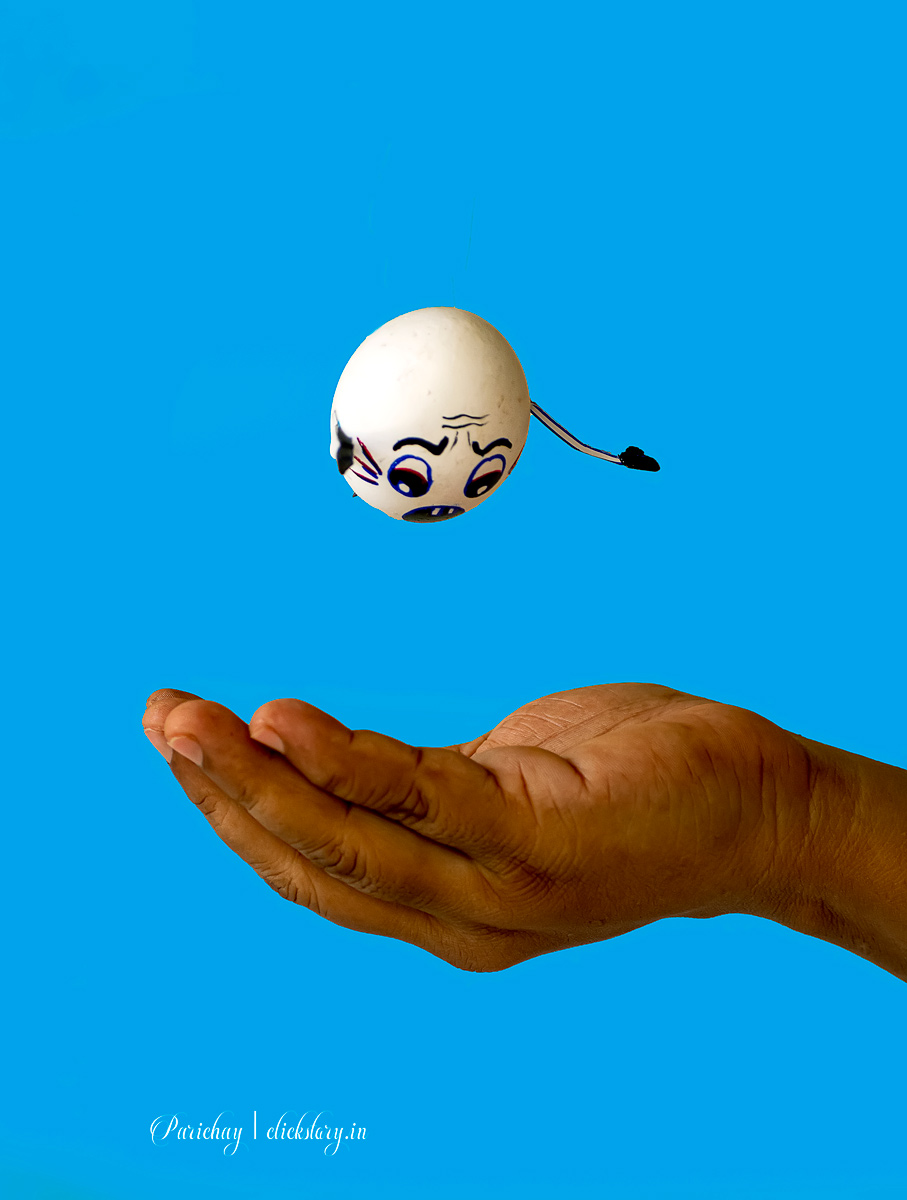
Look for minimalistic or plain backgrounds that provide a stark contrast to the subject. This can be a solid wall, a clear sky, a smooth surface, or any other uncluttered backdrop. The simplicity of the background allows the subject to stand out and emphasizes the negative space around it.
Play with Light and Shadows

Lighting can be a powerful tool in creating negative space. Experiment with lighting techniques, such as backlighting or using natural light sources, to create areas of brightness and shadow around the subject. The interplay of light and shadows adds depth and enhances the impact of negative space.
Explore Long Exposures
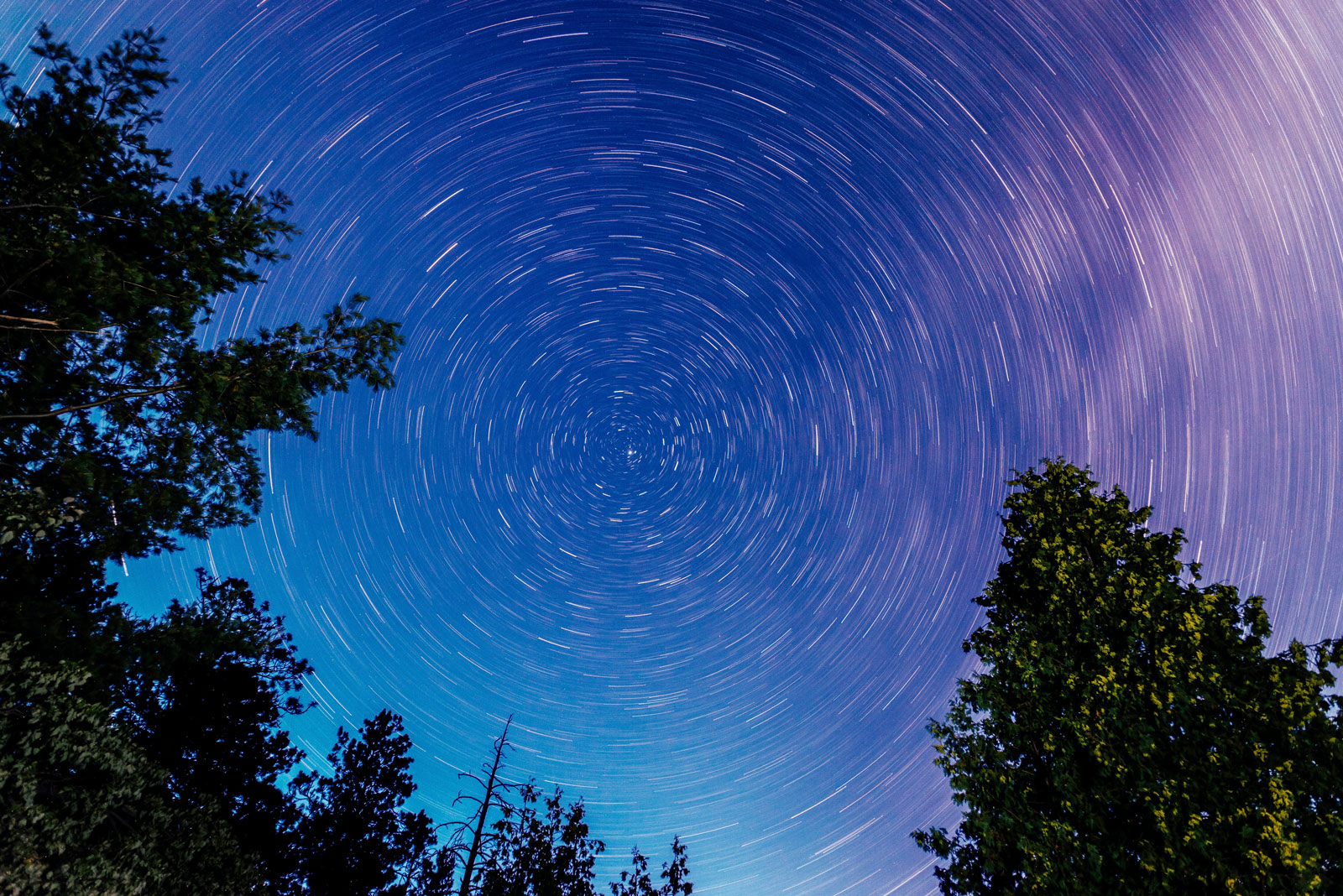
Long exposure photography can be a fantastic technique to create negative space, particularly in landscape photography. By using slow shutter speeds, moving elements in the scene, such as clouds or water, can create expansive areas of empty space around the subject. This technique adds a sense of movement and serenity to the image.
Contrast in Size
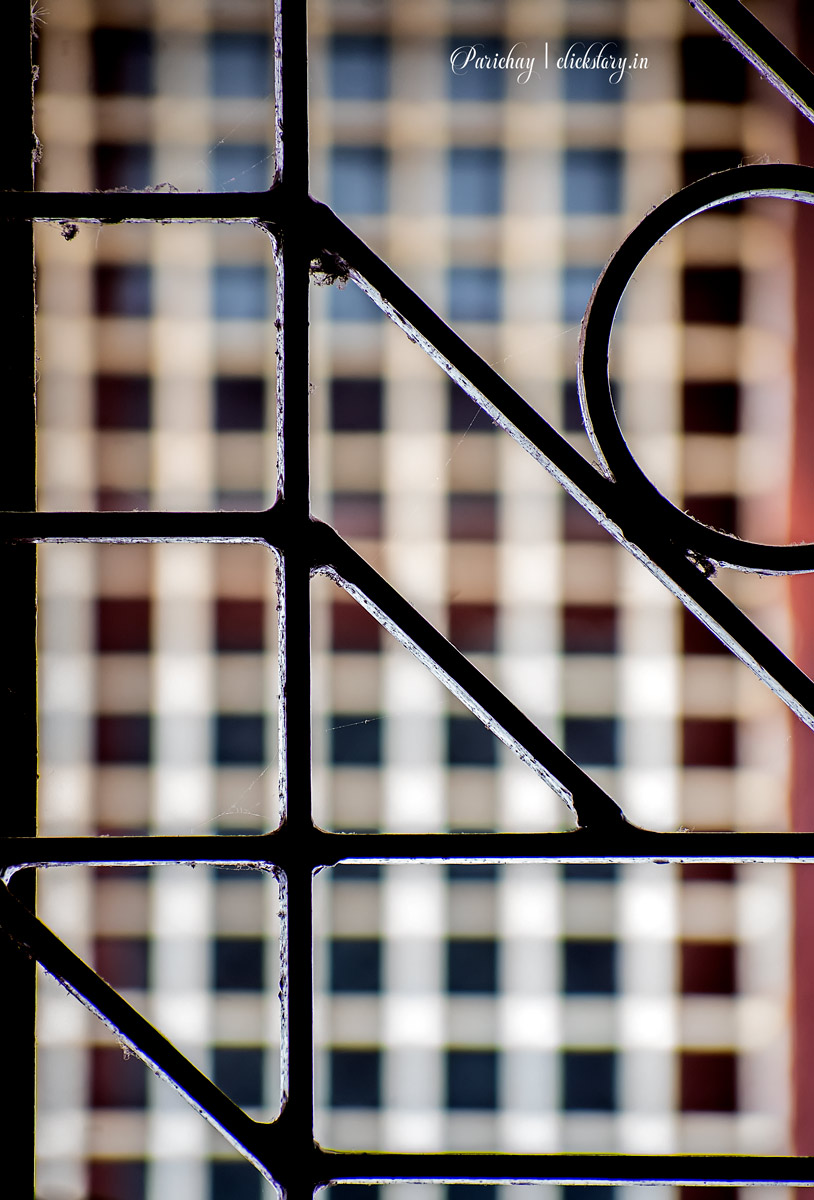
Position a small subject against a vast expanse of empty space. This size contrast creates a strong visual impact and emphasizes the negative space. For example, a lone figure standing on a beach or a small flower in a large field can evoke a sense of solitude and amplify the impact of negative space.
Utilize Leading Lines
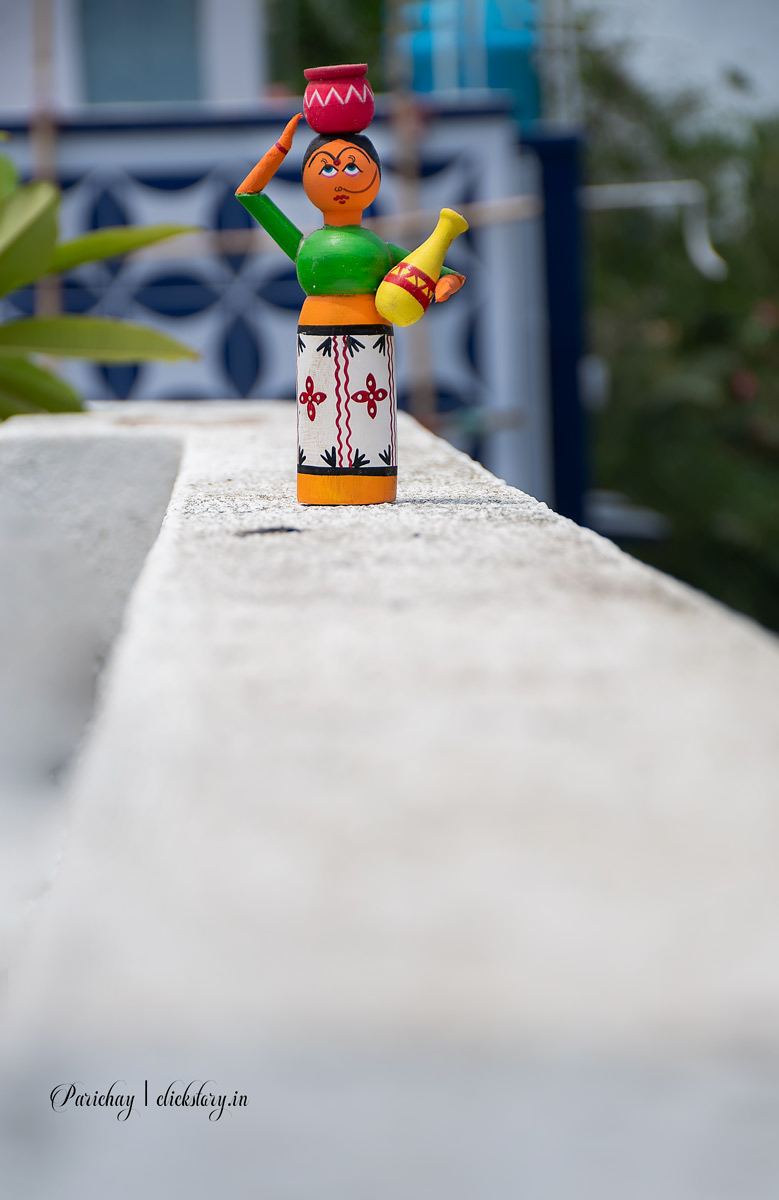

Leading lines are powerful compositional elements that can guide the viewer’s eye and create a sense of depth. Incorporate leading lines, such as roads, fences, or pathways, that lead towards the subject and leave negative space on either side. This technique adds a dynamic element to the composition while maintaining a balance between positive and negative space.
Use Silhouettes


Silhouettes can be a creative way to utilize negative space. When photographing against a bright background, expose for the background, which will cause the subject to appear as a dark silhouette. This technique not only highlights the negative space but also adds a sense of mystery and intrigue to the image.
[mc4wp_form id=”20969″]
Reflections
Reflections in water, glass, or other reflective surfaces can be used to create negative space. By positioning the subject in a way that its reflection occupies a significant portion of the frame, you can effectively enhance the negative space and create a visually interesting composition.
Negative Space as Frame

Instead of using it around the subject, consider using it as a frame. Find elements in the surroundings, such as arches, doorways, or tree branches, that can naturally frame the subject. This technique adds depth and visual interest, with the space serving as a framing element around the subject.
Experiment with High Key Photography
High key photography involves deliberately overexposing the image to create a bright and airy aesthetic. By intentionally creating a predominantly white or bright background, you can generate a significant amount of negative space around the subject. This technique works well for portraits, still life, and minimalistic compositions.
Negative Space in Motion
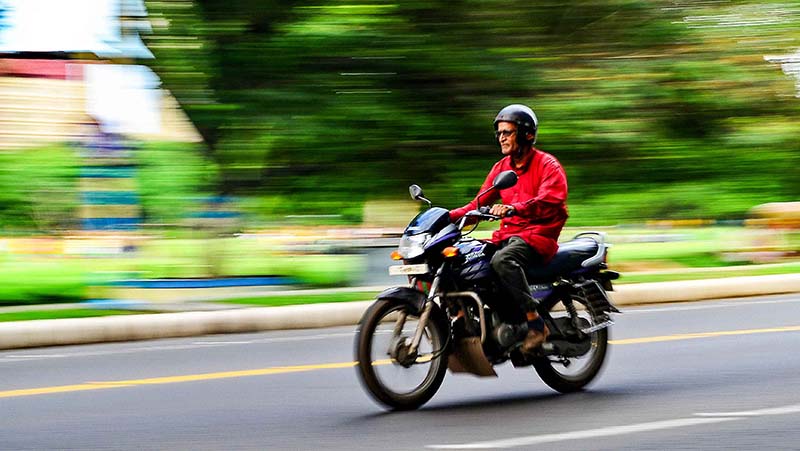
Incorporate elements in motion to create space. For instance, capturing a moving subject against a stationary background can produce a sense of emptiness and motion simultaneously. This technique adds a dynamic element to the image while highlighting it around the subject.
Remember, these techniques serve as creative guidelines, but don’t be afraid to experiment and think outside the box. Developing your own style and vision when working with it. It allows you to create unique and captivating photographs. Keep practicing, refining your composition skills, and honing your eye for negative space to create visually impactful images.

wow great resource